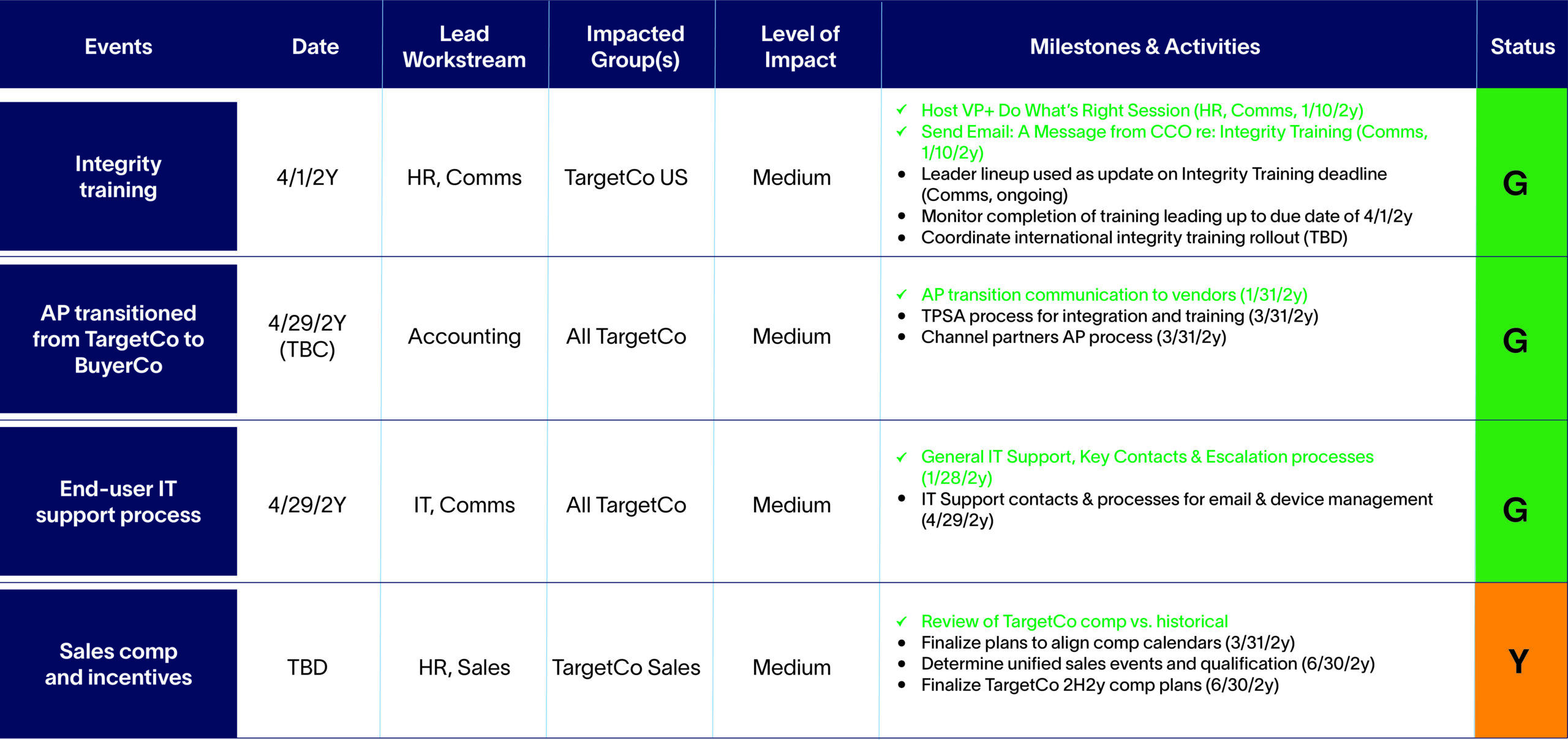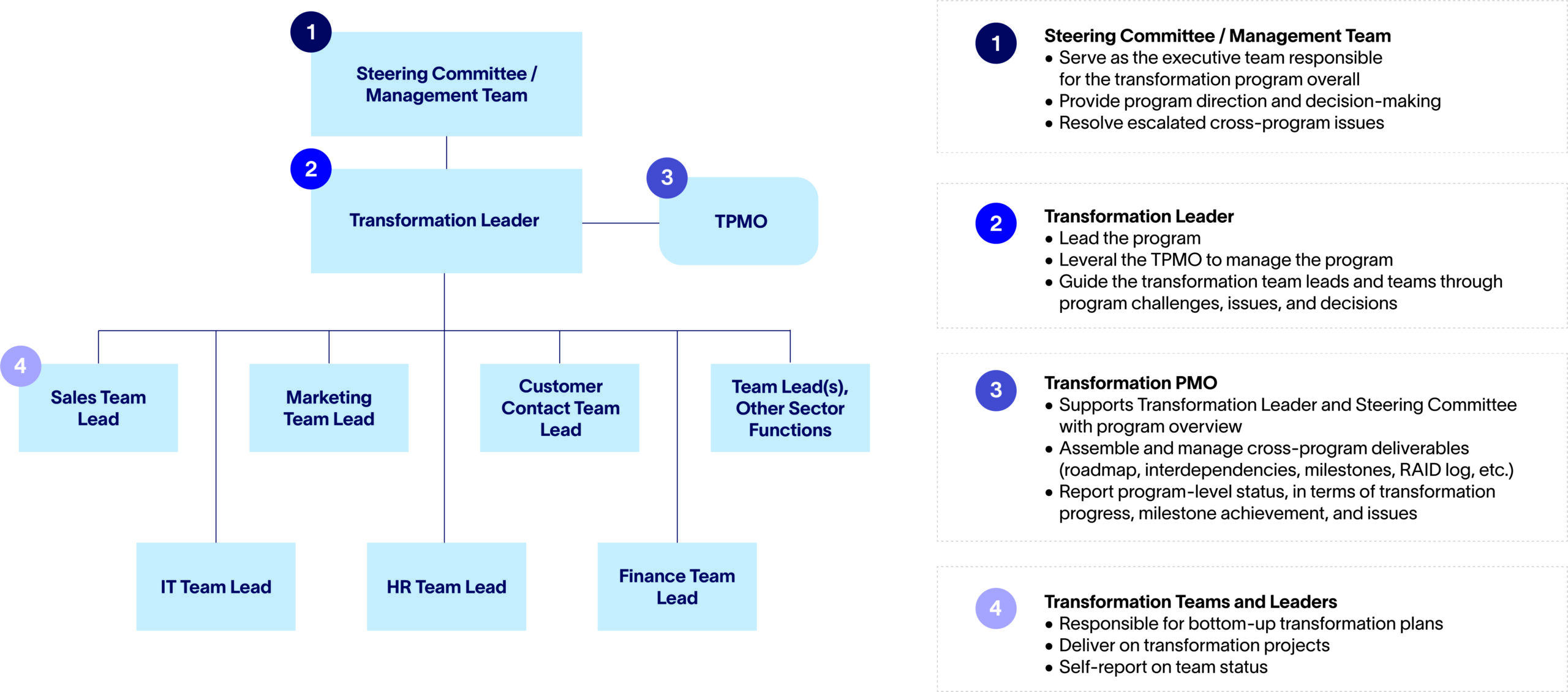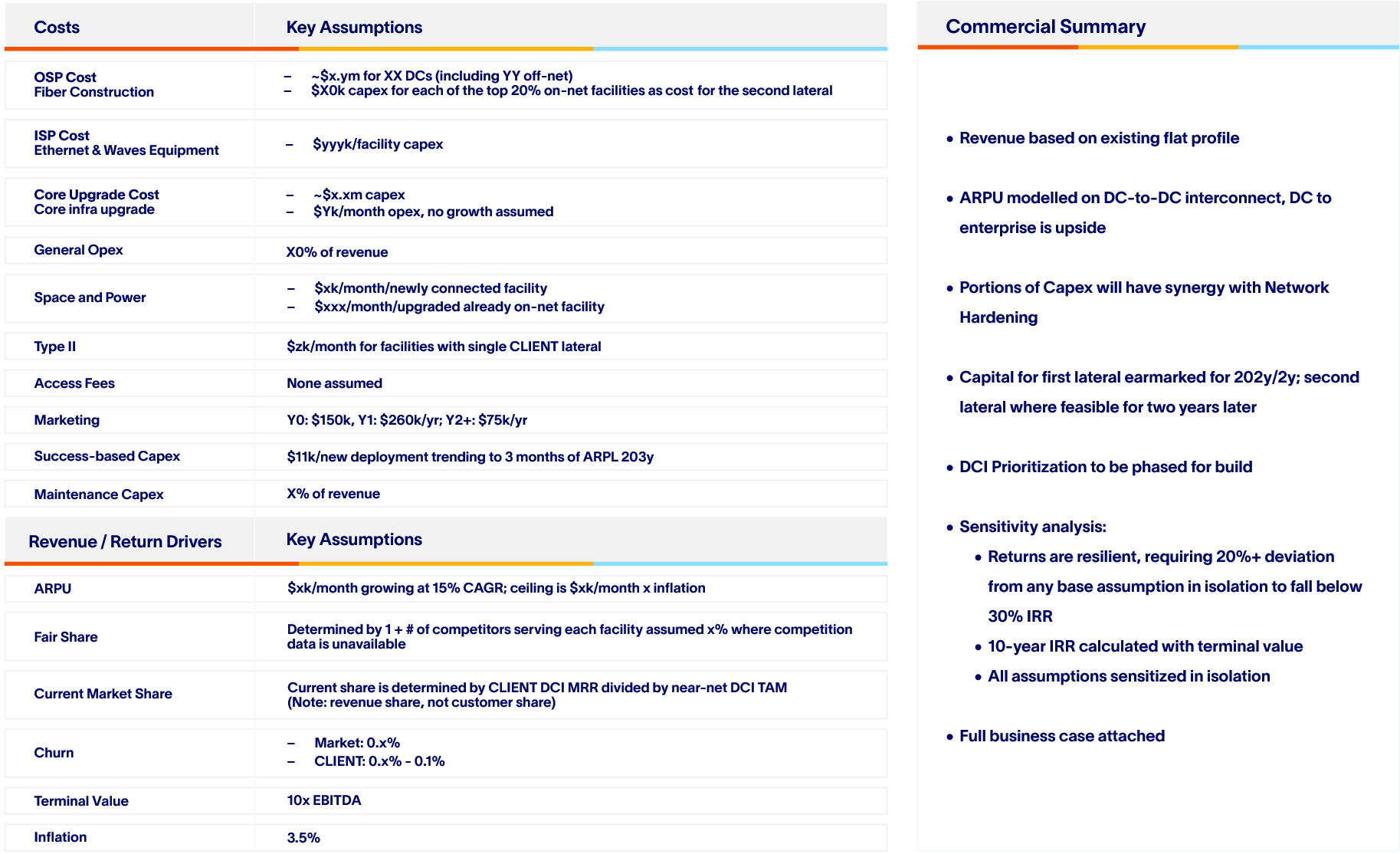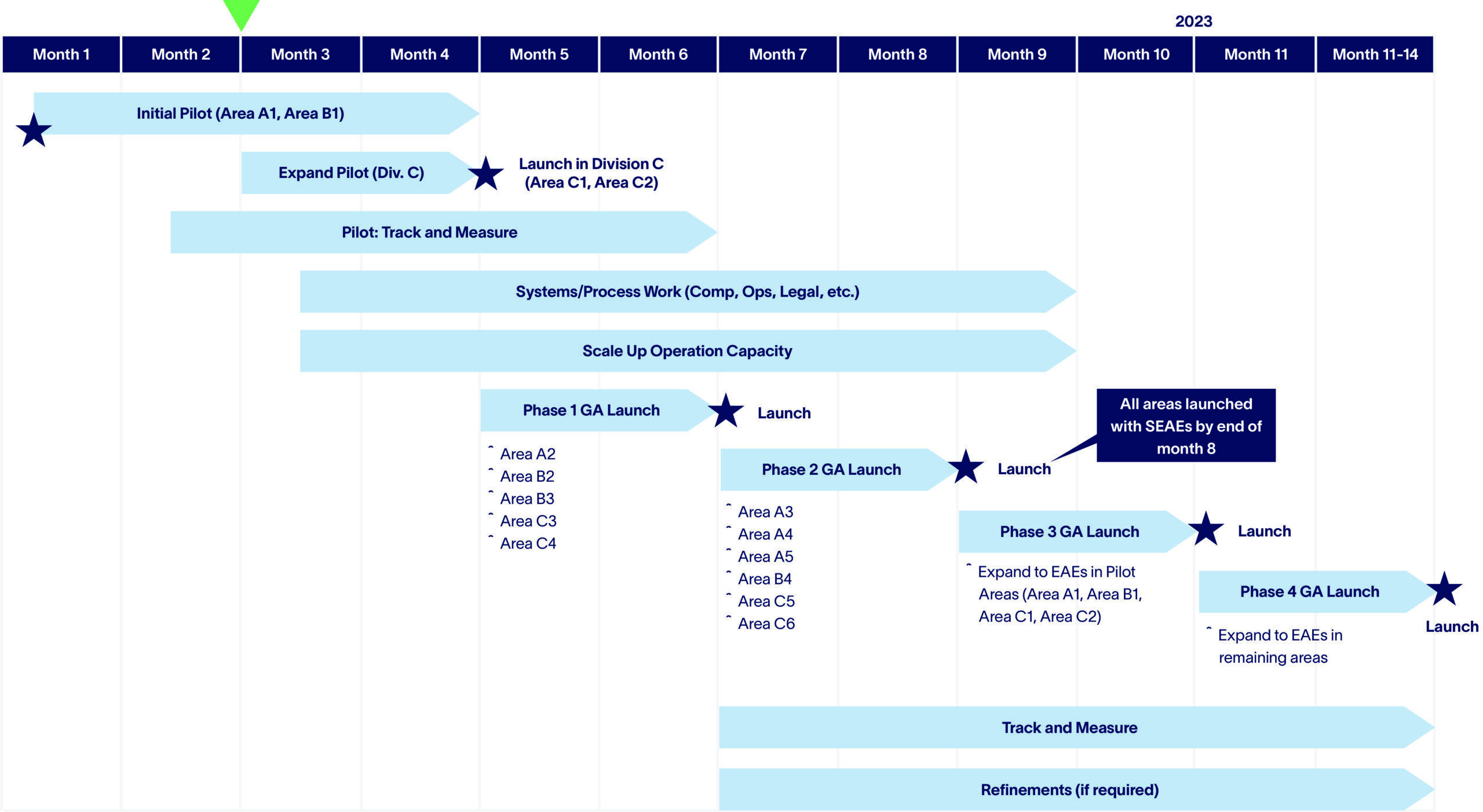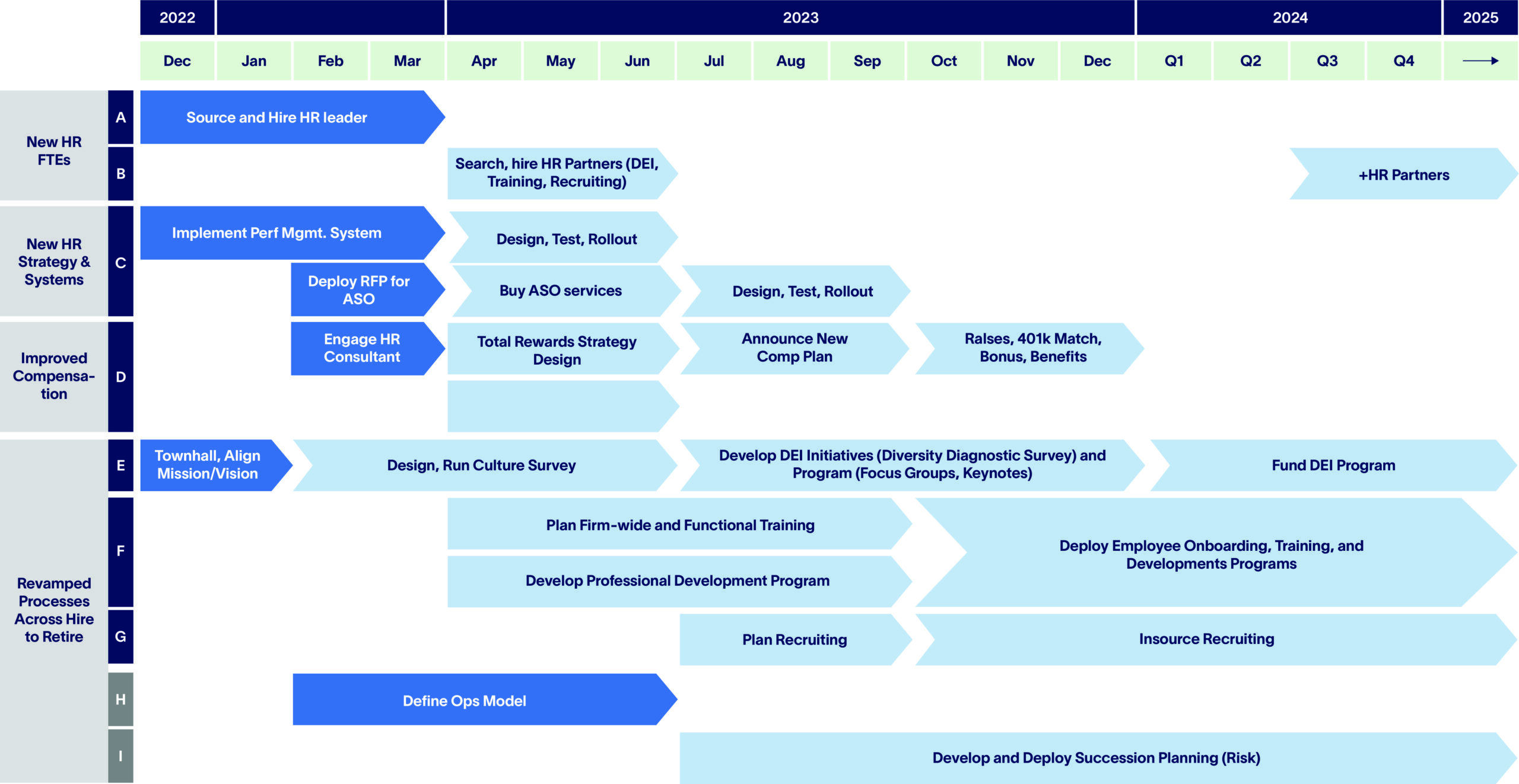The near-ubiquitous transformation experience among C-suite executives and the increased volume of transformation programs among companies highlights the importance of transformation capability. This encompasses three levels: across the “whole company,” within specific business functions, and at the individual level.
Altman Solon’s survey highlights the importance of five key aspects of business transformation capability:
Company culture and change readiness
Company culture and change readiness are frequently cited as the leading reasons for successful business transformation and risk factors in the least successful transformation initiatives. A flexible, resilient workforce would better enable transformation. Yet, survey respondents are citing a relatively “passive” factor (culture/change management) as more important than “actionable” transformation enablers such as leadership and talent, operational implementation work, and transformation management. The implication: company culture and change readiness are essential to transformational success.
Most of the transformation-experienced executives responding to the survey do not consider company culture and change readiness as a capability gap for their company but are still dedicating time and resources toward those more subjective factors. The implication is that culture and change readiness are more than just buzzwords: they need continued focus and appropriate resources throughout transformation – even if firm leadership believes they are prepared for that transformation.
Focus can include measurement surveys, strategies to improve team and individual change readiness, and communication to prepare the workforce. Culture-improvement actions and change readiness aim to make the culture of a transforming company or function more receptive to change, even if not fully ready for business transformation.
Leadership and talent
Leadership and talent were identified by respondents as two crucial transformation enablers, both in terms of reasons for transformation success and challenges/risks in less-than-successful transformations. Transformations are not led by one leader. There is usually a designated executive leader, sometimes titled “Chief Transformation Officer,” but this person must not operate in a silo. It is critical for the transformation officer to have direct access to and input from the entire management team/steering committee. Leaders need to be identified or emerge at the working team level to implement the transformation, potentially even dual reporting to respective functional leaders and the transformation leader.
The broader the transformation is geographically and cross-functionally, the greater the need for leaders with different talents to step up and drive their portion of the transformation to the envisioned strategy and end state. This wide “pull” on leaders and talent gets work done in the company, making transformations an “all-hands-on-deck” effort.
Intense focus on financial
Intense focus on financial, both overall transformation financial model and initiative business cases, is a key transformation capability needed for success. Survey respondents selected “high costs / lack of funding” as the most significant capability gaps, trailing only “management/leadership.” Both sides of that equation – transformations being costly and competing for funding with other business priorities – point toward the need for transformations to target financials (both the transformation financial model and contributing initiative business cases) to help drive significant revenue and cost impact delivered through transformation initiatives. This approach should result in benefits strongly exceeding costs, easier prioritization of tasks, time urgency, and keeping on schedule.
Business transformations are costly, especially whole companies or large, functionally focused ones. Whether involving operating model change, a shift to or from third-party services, or other heavy lifts, the implications for people, processes, and new information technology integration typically create significant hard and soft expenditures. The weight of baseline transformation costs is challenging enough for companies and leaders without initiative costs rising, implementation timelines facing delays, and benefits not being realized.
The competition for funding – and the potential lack of funding – is a reality that increases as transformation shifts from strategy to planning to implementation. As cost forecasts evolve from rough estimates to a detailed, refined business case, transformation costs at both the initiative and overall levels typically increase. At the start, strategic intent, executive consensus/alignment, and the promise of a new initiative open the funding taps. However, transformation programs often face competing priorities after program launch and planning. And functional budgets, either informally or formally during budget-setting, plus any implementation or financial slippage can, in combination, exacerbate the competition for funding.
Strong financial focus during transformations cannot substitute for implementation success. Financial models and business cases can be used to guide and direct the transformation program. As illustrated below, rigorous business case development, overall transformation financials, and dashboard(s) that include financials and KPIs are transformation best practices.
Operational implementation work
Operational implementation work in transformations, including process, IT/technology, and systems integration work, was ranked by TMT executives as the second most important factor in successful transformations. Though not identified as a risk, a considerable percentage of executive survey respondents listed technology and innovation as significant capabilities needed for transformation.
This finding speaks to the importance of IT and technology in transformations, specifically in how transformation programs achieve the transition from “as is” to “to be.” The differences between current and future states can be assessed at the high, medium, and detailed levels. And the assessment dimensions include people, processes, technology, operating models, organizational design, vendors/service providers, and platforms/systems. Documenting the changes between the current and future state, then developing transformation plans and the program to achieve the transition are best practices with strong potential to produce transformation success.
Transformational management
Transformation management is the final factor driving success across all three measures. While closely connected to leadership and talent in the transformation, the success factor is more operational regarding program governance, transformation program management office (TPMO), program/project planning, and initiative implementation.
Establishing a layered program governance model that includes a steering committee, transformation leader, TPMO, and working teams builds a strong foundation and creates a flowing hierarchy for issue identification, resolution, and decision-making for the overall effort. A TPMO supports the transformation leader in driving the program with cadence, tools, and techniques, maximizing cross-functional interaction and initiatives. And the transformation roadmap, tied to executable project plans, enables milestone management of the whole program without the unsustainable complexity of aggregating all project plans at the task level.
Altman Solon is the leading strategy advisor focused on Telecommunications, Media, and Technology. Altman Solon works with leading global companies and investors on strategy and diligence within and across all three sectors. We also focus on delivering strategy through go-to-market implementation, value creation/operational improvement, operational integration/divestiture support, and transformation.
The inaugural Altman Solon Global TMT Transformation survey and report represents the baseline perspective of Altman Solon on transformation with the TMT industries. Longitudinal analysis through annual surveys will yield trends, additional questions, analyses focused on answering hypotheses, and fresh insights as the survey evolves.
Explore our additional insights from Altman Solon’s Global TMT Business Transformation Survey:
Thank you to Guy Kinley for his leadership of the Global TMT Business Transformation Survey and valuable contributions to this report.



